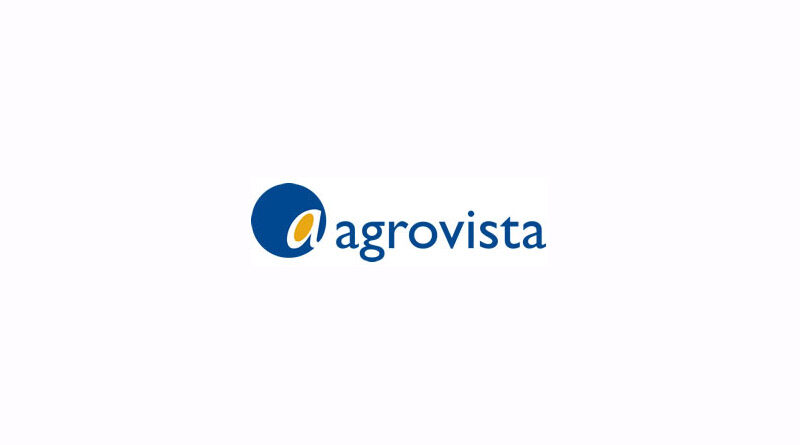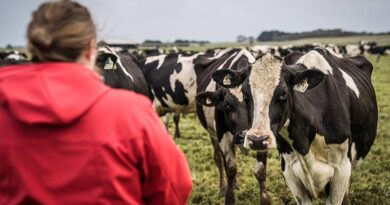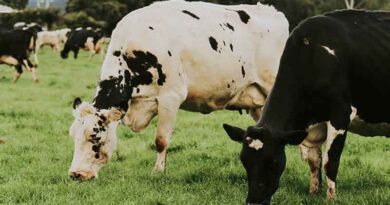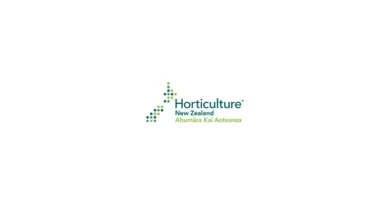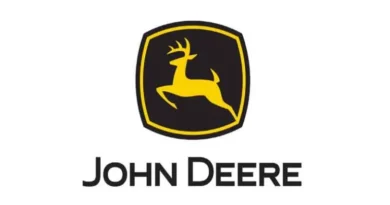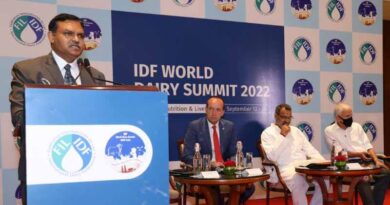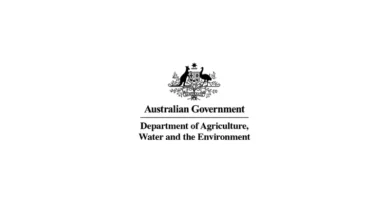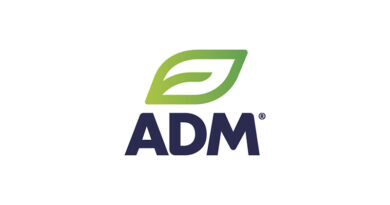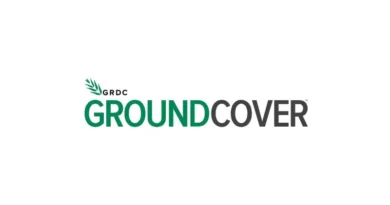Celebrating progressive dairy farmers
20 June 2022, UK: Agrovista has become a key partner to progressive dairy farmers across the UK, not least in the dairy powerhouse of south-west Scotland.
Here, some of the best herds in the business, including top Holstein breeders, rely on information from their Agrovista advisers to help maximise yields of top-quality fodder to underpin herd performance.
This year, some of those farming businesses will be hosting visits for delegates attending this year’s Holstein UK Celebration, which takes place on 28-29 June in Dumfries, offering a great opportunity to see how they achieve some remarkable results, both in terms of their breeding programmes and milk production.
We spoke to two of them to find out more about their businesses and the importance of good grass management, after catching up with Agrovista’s grass seed expert Stewart Bryson.
Stewart is part of Agrovista’s south west team in Scotland, which is managed by Jan Vos. As well as advising on seed, the team conducts field and sward assessments, and offers rotation, nutrition and reseeding planning, to help customers maximise output from grassland.
Choosing the correct grass-seed mixture is vital to achieve the right start and meet the individual needs of the farm operation, Stewart advises.
“Very few farmers look at the varieties in the bag,” he notes. “They assume their merchant will source the right ones for their particular application. That can be a problem – some nice-looking bags contain some questionable mixtures.”
High quality seed
The continued long-term success of Agrovista farmer customers in the South West Scotland Grassland society forage competitions is testament to the quality of seed and advice they receive.
“We supply a wide range of grass mixtures, including our TechniSward brand that uses only the best varieties on official lists to suit just about every need, but we can still have conversations and adapt off-the-shelf mixtures as necessary,” says Stewart.
“We have a unique relationship with all the leading European grass breeders. Unlike most of our competition, we are not tied to any one breeder, so we are able to cherry pick the best varieties from each breeder to formulate our mixtures.
“This, coupled with our access to research both Ireland and Scotland, allows us to be at the very forefront of mixture formulation.
“Our customers hosting visits for the Holstein UK Celebration were some of the first in the UK to have ABER High Sugar Grasses in their mixtures, renowned for their combination of dry matter yield and quality that help boost the amount of milk produced from homegrown feed.”
Sward longevity is one of the main points a farmer looks for. “Starting with top-quality seed and looking after it should ensure the sward produces top-quality forage over its intended lifespan,” says Stewart.
“It now costs around £650/ha to establish grass and no-one wants to spend that sort of money unnecessarily.”
Diploid v tetraploid is an ongoing and important conversation, balancing output and longevity across grazing systems and silage regimes.
Heading dates are key, and it may be worth paying a premium for later varieties to avoid reduced palatability that can affect milk production and breeding programmes, says Stewart.
“Variety choice itself is expanding, particularly in more traditional mixtures. Fescues are being brought in to fill the gaps and Timothy is another valuable addition, particularly to silage mixtures. Palatability is getting better all the time and it is useful to increase early and late grass production.”
Good sward management
However good the seed may be, the resulting sward needs good management to get the best from it. Stewart’s key tips include checking pH regularly, not just when reseeding, and testing nutrient status.
Potash is being stripped wherever silage is taken, even when a lot of slurry is being returned to the land. Phosphate is often locked up, even when soil indexes appear adequate.
Cutting short to fill the pit van be false economy – if crowns are cut out grass regrowth is compromised.
Slurry should be used with care – over-application can reduce sward quality, and organic and bagged nutrition needs to be targeted to need.
Good weed control, particularly with docks, foliar feeds and gibberellins such as Smartgrass to push on grass growth in cold conditions can also help underpin cost effective production.
Craig Davidson, Errolston herd
Craig Davidson and his father Brian have been investing heavily in new buildings and the robot parlour technology at Errolston, near Gretna, home of the award-winning Errolston pedigree Holstein herd.
Cow numbers have also doubled in the past 18 months and yields have risen to an impressive 11,500 litres at 4.1% butterfat and 3.25% protein.
This commitment to excellence reflects the family’s commitment to long-term profitable milk production. The business has also earned an excellent reputation for breeding and developing Holsteins.
Craig, who has been in the family partnership for 12 years, has won a plethora of awards in the show ring and has played a key role in developing the herd of 370 cows, aiming to breed healthy, long lasting profitable cows with an attractive type.
His eye to detail doesn’t end there. Consistent high yields of good quality grass are vital to drive this top-performing herd, which is housed year-round, and 300 youngstock. Around 160ha of grass is grown, along with a further 40ha of wholecrop cereals.
“Pasture quality is really important,” says Craig. “But we limit ourselves to three cuts – if we go for really high D value, it’s not so easy to balance the ration and not so good for rumen health.
“Agrovista’s Stewart Bryson been advising for long time and we are pretty reliant on what he says. Our key aim is to select grasses on heading times, so we can cut silage when we want to and maximise quality.”
The farm aims to reseed on five-year cycle. “It gives us a chance to rotate crops, growing wheat/barley for two years before reseeding,” says Craig.
“We organise the soil testing – we keep a close eye on pH, aiming for 6 to 6.2, as well as P, K and Mg. We use a lot of slurry, which helps, and we keep close tabs on what we use so we don’t overapply bagged fertiliser.” Foliar nutrition is applied as and when needed.
Good weed control is important to maintain productivity and sward persistence longevity. “We used to have lot of clover but as weed control products were removed it became increasingly difficult to control weeds without harming it.”
John Jamieson, Firth herd
Dumfriesshire dairy farmers John and Helen Jamieson and son Graham are achieving just over 10,000kg annual average milk yield from each of their 250 pedigree Holsteins at Upper Locharwoods near Ruthwell.
John, current president of Holstein UK, is the second generation to farm this land and converted the Firth Herd to organic milk production in 1999, and pushes grassland hard.
Cows are at grass as much as possible, grazing from late March to October across 42ha of paddocks, and the 88ha of silage ground will be cut five times this year to optimise yield and quality. Milk averages 4.1% butterfat and 3.1% protein.
Clover is used widely. “It supplies all the nitrogen requirement and is crucial to our business,” says John. “The silage leys are red clover based with additional white clover to fill any gaps.
“The worst thing that can happen in our swards is a bare patch, as weeds will quickly fill it. We need good ground cover of productive foliage to prevent that and to meet the needs of the herd – about 4000 litres comes from home-grown forage.”
The aim is to maintain leys for five to seven years. “Establishment is expensive so we want to look after them,” says John. “Usually, the plate meter will tell us when they start underperforming.” Rotating reseeds with wholecrop cereals helps with dock control.
“Fields are soil sampled every three years. We watch indexes closely, and apply P and K when needed.”
John is prepared to spend on seedbed preparation to achieve good establishment, but he will also direct drill to freshen swards.
He sees his grassland spend as a sound investment, and the family has been spending elsewhere to future-proof the business, including a rotary parlour installed in autumn 2020, increasing throughput and efficiency, helping to put the business on a sound footing for the next generation.
Holstein UK
Holstein UK is Europe’s largest independent breed society. It offers a range of services to help improve breeding decisions, along with the quality, profitability and longevity of herds. It has around 4,500 members and registers almost 200,000 cattle each year.
The Holstein UK Celebration and AGM takes place on 28-29 June in Dumfries. The event includes four herd visits, a visit to the SRUC Langhill Research Project at the Crichton Royal Farm, evening entertainment and a celebration dinner.
The event is fully booked; to join the waiting list please register at www.holstein-uk.org/events/huk-celebration-22

